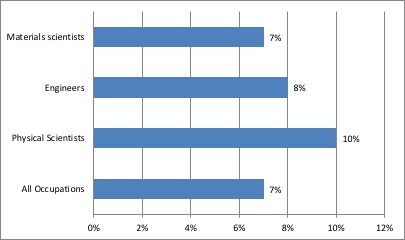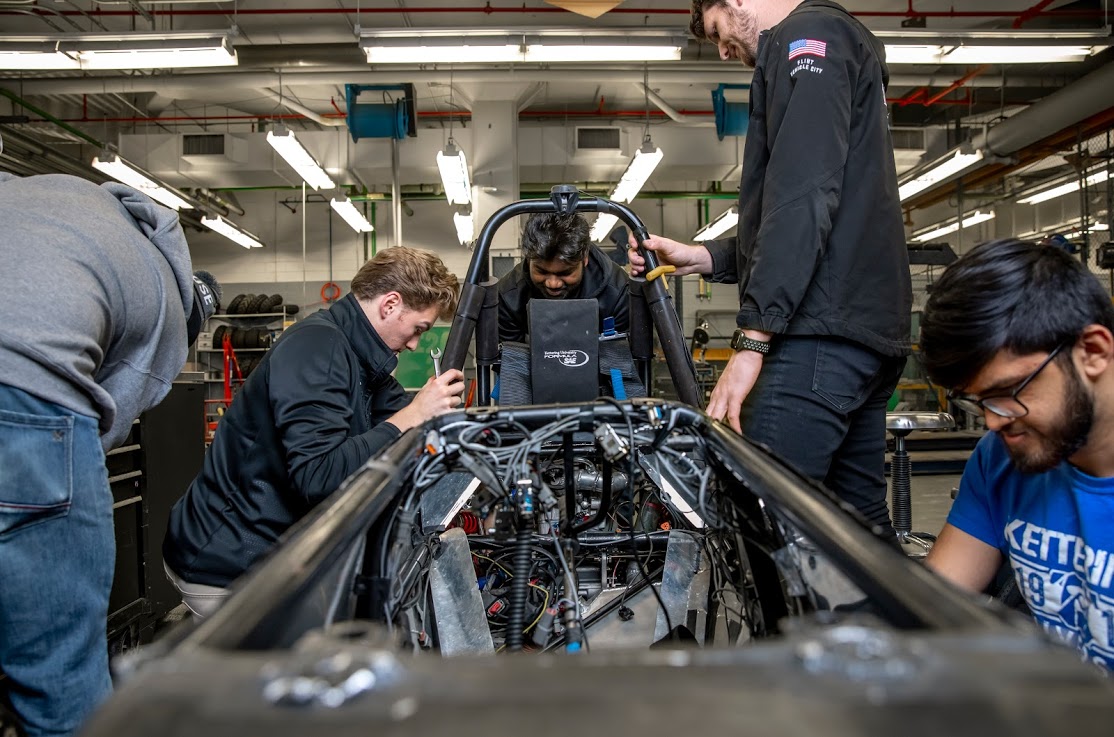
What are the career options for transportation engineers? This career involves the application of science and technology in order to develop transport systems. There are many areas that transportation engineering can be applied to, including planning, management, and operation. There are many rewarding job options in transportation engineering. You can find more information here. Also read on to learn more about what education you need and what to expect from your future.
Duties
A career as a transportation engineer requires you to design various modes of transportation and infrastructure systems. Depending on your location, your job duties may include creating drainage systems, erosion control systems, and bioretention structures. This engineer may also plan modifications and design new transportation systems. They also evaluate and plan transportation projects. According to a 2012 survey, 67% of transportation engineers are satisfied with their jobs.

Transport engineering requires creativity and the ability to apply the science behind construction. There are many options for employment in transportation engineering. You can work as a consultant, vehicle manufacturer, railroad company, or in government agencies. Transportation engineers are responsible in planning, implementing and maintaining all modes. Their duties are wide-ranging and include planning, analyzing, and constructing all forms of transportation. You will also have responsibility for the safety and security of routes.
Education requirements
First, you need to earn a bachelor's level in an engineering discipline from an accredited university in order to pursue a career of transportation engineering. Many transportation engineers will take the Fundamentals of Engineering exam to obtain entry-level jobs or internships after earning their bachelor's degrees. The exam can be taken before graduation to gain valuable field experience. For more information on education requirements for transportation engineering, read on. To be eligible for these positions, you will need to have at least eight years' experience in professional engineering.
A solid foundation in mathematics, computer programming, statistics, probability, calculus, and math is essential for graduate students in transportation engineering. For no graduate credit, those who do not have these courses may take an equivalent course. For your degree, you will need nine graduate credit hours. Once you have selected a mentor for your degree, fill in a form that includes detailed information about both your education and work history. You should ask the mentor for advice on additional courses you might need as part your graduate degree.
Career outlook
Transportation engineering offers many job opportunities. The public's need for safe, reliable transport makes this field a great choice for engineers. According to Bureau of Labor Statistics the growth in employment for transportation engineers is projected at 11% by 2018. This is faster than average compared to all other jobs monitored by the Bureau of Labor Statistics. Transport engineering can be a great way to reduce traffic congestion and help make communities more efficient. This field may suit those who enjoy public work.

An undergraduate degree in transportation engineering is not required to start a career. The fundamentals of engineering are often completed by students interested in transportation engineering. They then receive the engineer as training (EIT). Many schools offer internships and entry-level jobs. In addition, students can find information on job listings on websites run by government agencies and professional associations. Some companies will also provide job listings for recent graduates. You can choose to work in transportation engineering, or any other area.
FAQ
How long does it take to become an Engineer?
There are many paths to engineering. Some people start studying immediately after leaving school, while others decide to go to college first.
Some students will choose to enter a degree program right out of high school. Others will opt for a foundation program that lasts two years.
They may then continue to a three-year or four-year honors programme. They could also choose to pursue a master's program.
When choosing which route to follow, you should consider what you want to do once you graduate. What career path do you prefer?
It can take you a while to complete each stage, depending on whether you are enrolled at a university or not.
However, it is important to keep in mind that the amount of experience gained after completing a qualification does not always correlate with how long it took. Even if you have only spent one year at college it does not mean that you will have the required skills to be an engineer.
Engineering: What is it?
Engineering can be described as the application and production of useful things using scientific principles. Engineers apply their scientific and mathematical knowledge to create machines, vehicles, buildings and bridges, as well as aircraft, spacecraft and robots.
Engineers may be involved in research and development, production, maintenance, testing, quality control, sales, marketing, management, teaching, consulting, law, politics, finance, human resources, administration, and many other areas.
A variety of responsibilities are available to an engineer, such as designing and building products, processes, and systems; managing projects; performing tests, inspections; analysing data; creating models; writing specifications and standards; supervising employees; and making decisions.
Engineers may specialize in certain areas, including mechanical, electrical and chemical.
Some engineers are more interested in specific types of engineering than others, including aeronautics and biotechnology, computing, electronics energy, industrial, maritime, medicine, nuclear, robotics space transportation, telecommunications and water.
What does an industrial engineer do?
Industrial engineers study how things work, operate, and interact.
They ensure that machinery, plants and factories operate safely and efficiently.
They design equipment, controls, operations, and other tools to make it more convenient for workers to do their jobs.
They also ensure that machines meet safety standards and comply with environmental regulations.
What's the average hourly salary of engineers?
This varies from one person or company to the next. However, the average salary for an entry-level software engineer is around $60,000 per year. After working for a while, this number can reach over $100,000.
Are there any requirements for engineering studies?
No. All you need are good grades in your GCSEs. However, some universities do require applicants to achieve certain levels of academic achievement before they can enroll. Cambridge University, for instance, requires applicants to earn A*-C grades (in Maths, English Language or Science)
If you don't meet these requirements, you will need to take extra courses to help you prepare for university entrance exams.
You may need to take additional math/science subjects as well as a language class. These options can be discussed with your school's guidance counselors.
Statistics
- 2021 median salary:$95,300 Typical required education: Bachelor's degree in mechanical engineering Job growth outlook through 2030: 7% Mechanical engineers design, build and develop mechanical and thermal sensing devices, such as engines, tools, and machines. (snhu.edu)
- Job growth outlook through 2030: 9% (snhu.edu)
External Links
How To
How to read engineering drawings
Engineering drawings can be used to describe an object visually. Many elements are included in engineering drawings, including dimensions, symbols, and text. Engineering drawings have been around since ancient times. In Egypt 3000 BC, the first drawing was created. They are used by engineers to design things like bridges, buildings and machines.
Engineers use engineering drawing to explain how something looks. This makes it easy for others to understand your message. Engineers create things using numbers and symbols to indicate measurements. This makes engineering easier for those who don't have any knowledge.
There are two main types, 2D (or 3D) of engineering drawings.
2D drawings can be flat representations or three-dimensional objects. These can include sections, elevation views, plans, and axonometric projects.
3D drawings can be used to show real-life objects at multiple angles. They are typically created using computer software. SketchUp allows you to display a model from the top of a bridge. You would then select "View" and choose "Top View." Then rotate your view until all of it is displayed from above.
You should always look at the entire picture when looking at 2D drawings. Focus on the whole picture, not just one section. It is important to pay attention to everything in the top-right corner.